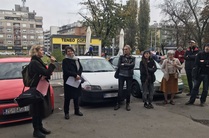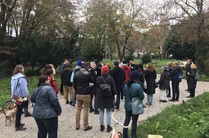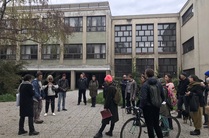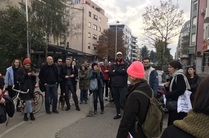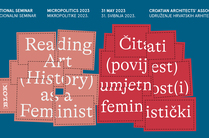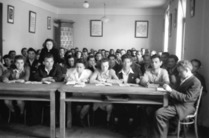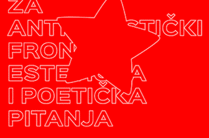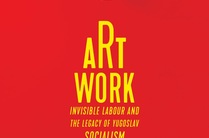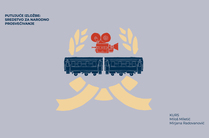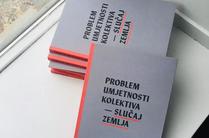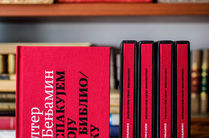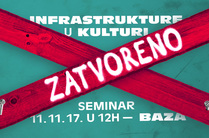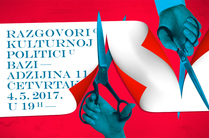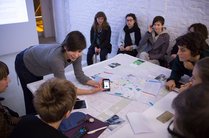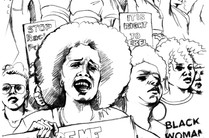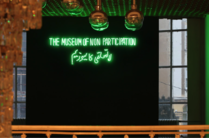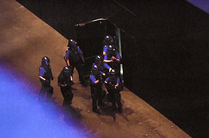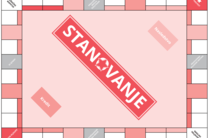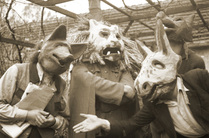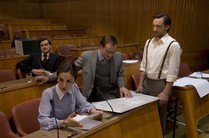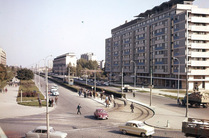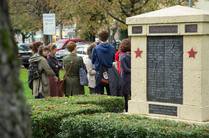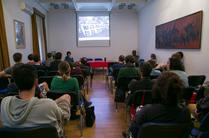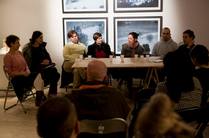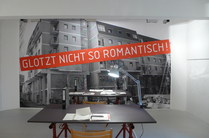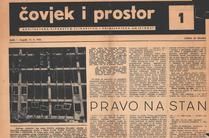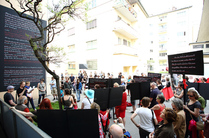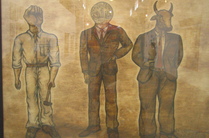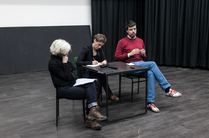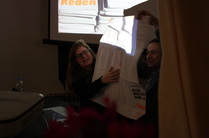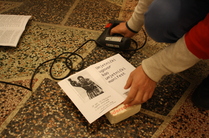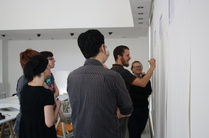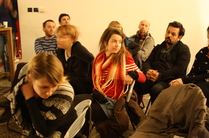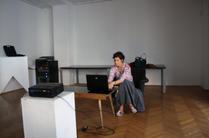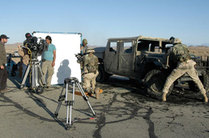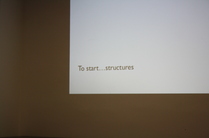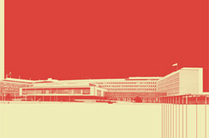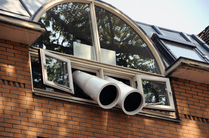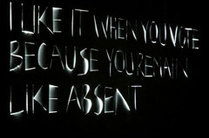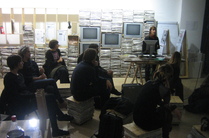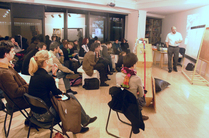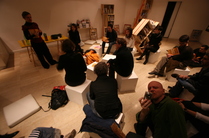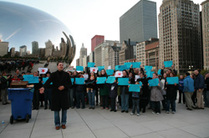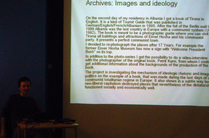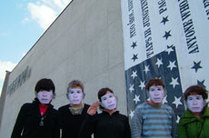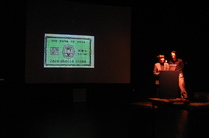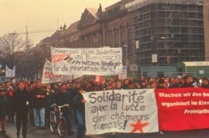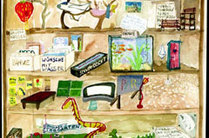DEVELOPMENT OF TREŠNJEVKA: PERIPHERY STRUGGLES FOR THE URBAN STANDARD

SEMINAR AND EXHIBITION
BAZA, NOVA CESTA 66, ZAGREB
PROGRAM
EXHIBITION: November 8-15, 2022
Working hours: Tuesday to Friday: 4 p.m. - 8 p.m., Saturday and Sunday: 11 a.m. - 3 p.m.
THEMED WALK AND CONVERSATION: Saturday, November 12 at 11 a.m. (gathering in front of NAMA at Trešnjevka Square)
Participants: TAMARA BJAŽIĆ KLARIN, NIKŠA BOŽIĆ, LIDIJA BUTKOVIĆ MIĆIN and FILIP PRAČIĆ
The neighborhood of Trešnjevka, as a relatively small space, can serve as an example of diverse and often contradictory urban planning processes and practices typical of the 20th century. During the interwar period in the Kingdom of Yugoslavia, Trešnjevka was both an industrial district and a working-class slum – illegal housing on the agricultural land, whose residents fought for their right to basic municipal infrastructure, but also a planned neighborhood for a lower middle class, equipped with one of the first children’s playgrounds. In the socialist Croatia Trešnjevka was, on the other hand, a good example of the so-called slum clearance, in other words, modernist interventions into the previously built sub-standard city fabric, which served clearing up the space for modern housing and implementing three urban planning and architectural ensembles for culture and education, supplies, and recreation – today’s Park Old Trešnjevka, Trešnjevka Square, and Sports Square, with the accompanying green infrastructure.
In both of these periods, more specifically from 1928-1934, and from 1947-1952/53, the residents of Trešnjevka actively participated in building their own neighborhood through the south periphery Municipal organization and the 5Th region People’s Front. There were multiple differences between the two periods from the standpoint of the implementation and the number of results, which are presented in the exhibition on five historical maps that show the transformation – filling, regulating, and equipping – of the space. What they had in common was the same level of social and political will for better living conditions of the working-class, which had been in the constant focus of the public via daily papers, to become a priority of city policies, extended to state policies in the postwar period. The image of the long-dreamt-of life is represented in the exhibition by the propaganda film shown at the exhibition“Family and Household”in 1958, second out of three exhibitions shown at the Zagreb Velesajam. Its theme was the city neighborhood and its housing communities, which satisfy all the basic needs of their residents.
Over the last three decades we have witnessed reversible processes. We have entered the speculation zone again, but this time in the form of maximum exploitation of the land by replacing family houses, in the zones containing municipal infrastructure specifically designed for them, with apartment buildings. Subjecting housing quality to the profit goes hand in hand with the lack of urban space planning related to content necessary for everyday social life, which was taken into account more even before World War II. It is evident that the said transformations coincided with social and political changes that took place.
The program includes an exhibition in BAZA, a themed walk, and a conversation with the author, along with Lidija Butković Mićin, Nikša Božić, and Filip Pračić. The themed walk led by the exhibition author Tamara Bjažić Klarin will demonstrate the genesis of urban planning of Trešnjevka in relation to the changes in social and political systems in the first half of the 20th century. The author will show this on the example of three urban planning and architectural ensembles of the socialist society: the architectural complex containing NAMA Department Store at the Trešnjevka Square, the high school in Dobojska Street and its surroundings, Park Old Trešnjevka and Trešnjevka cultural center, and the Sports Square, with an indoor pool, a hotel, and Dom Sportova, an indoor sports arena. The conversation will focus on tools, urban planning practices, and the legal framework provided by the socialist society, which enabled the renewal of space, as well as their dismantling in the 1990s.
SEMINAR HAS BEEN HELD WITHIN THE "MICROPOLITICS 2022 PROGRAM: CITY TRANSFORMATIONS – FROM CAPITALISM TO SOCIALISM AND BACK," AND THE SCIENTIFIC PROGRAM "FORMAL, THEORETICAL, AND SOCIAL ASPECTS OF THE EXPANDED CONCEPT OF THE ARCHITECTURAL AND ART HERITAGE IN THE SECOND HALF OF THE 20TH CENTURY" BY THE INSTITUTE OF ART HISTORY IN ZAGREB.
ORGANIZER: BLOK - Lokalna baza za osvježavanje kulture
In cooperation with Institute for Art History
AUTHOR: Tamara Bjažić Klarin
CURATOR: Vesna Vuković
RESEARCH COLLABORATOR: Filip Pračić
COLLABORATORS: Lidija Butković Mićin, Irena Šimić
photo: Filip Pračić
PROGRAM IS SUPPORTED BY THE CITY OFFICE FOR CULTURE, INTERCITY, AND INTERNATIONAL COOPERATION AND CIVIL SOCIETY. BAZA’S ANNUAL PROGRAM IS SUPPORTED BY THE “KULTURA NOVA” FOUNDATION.
